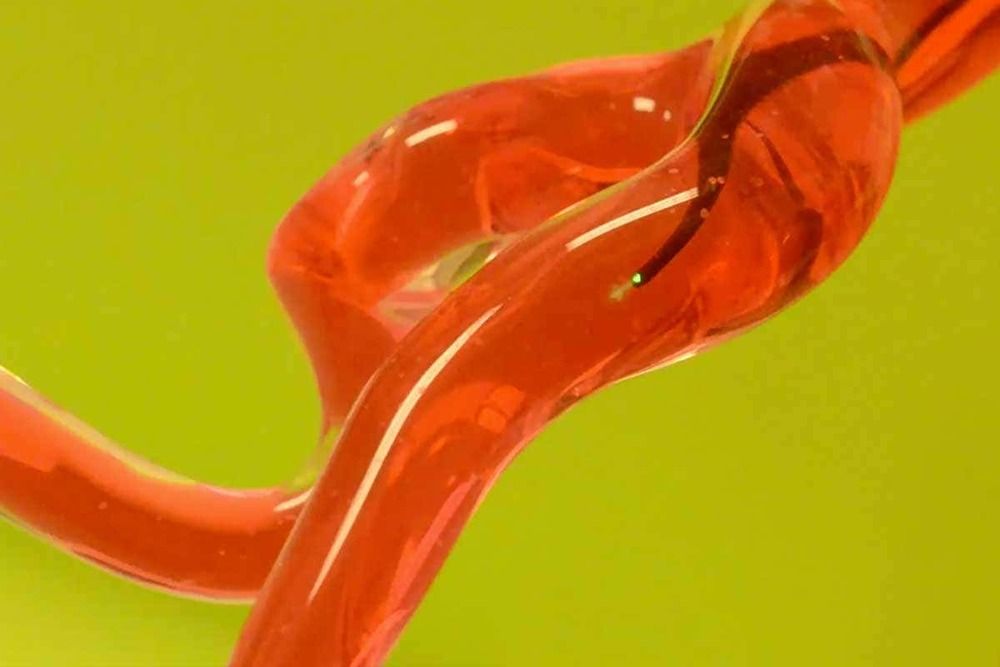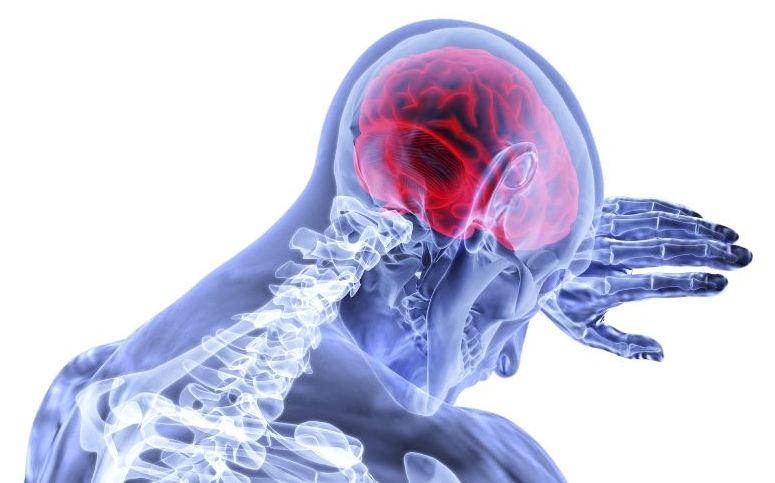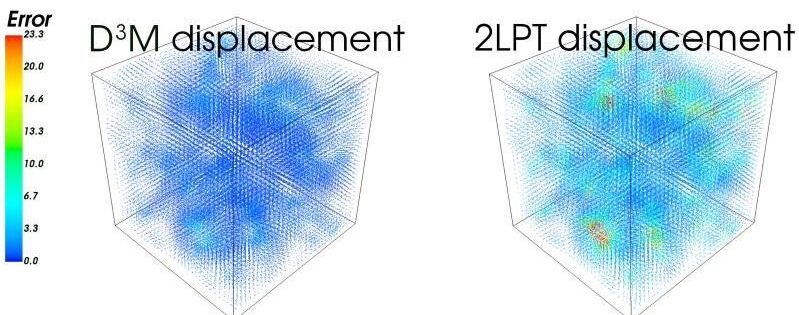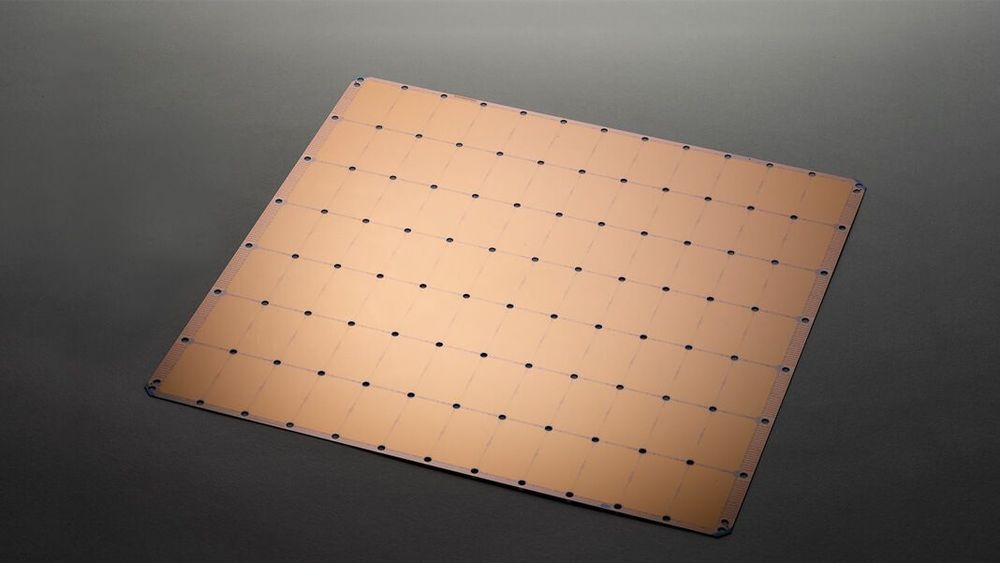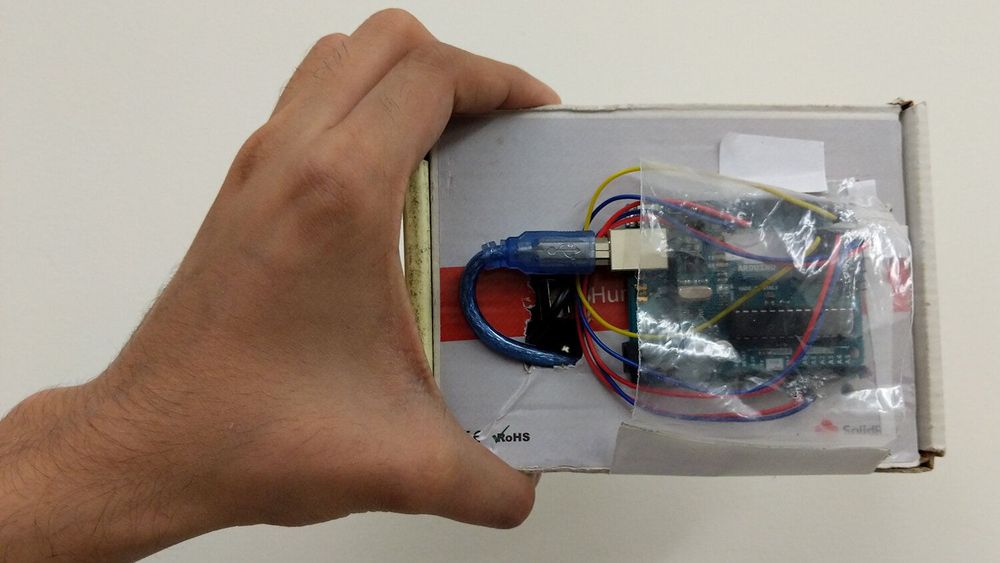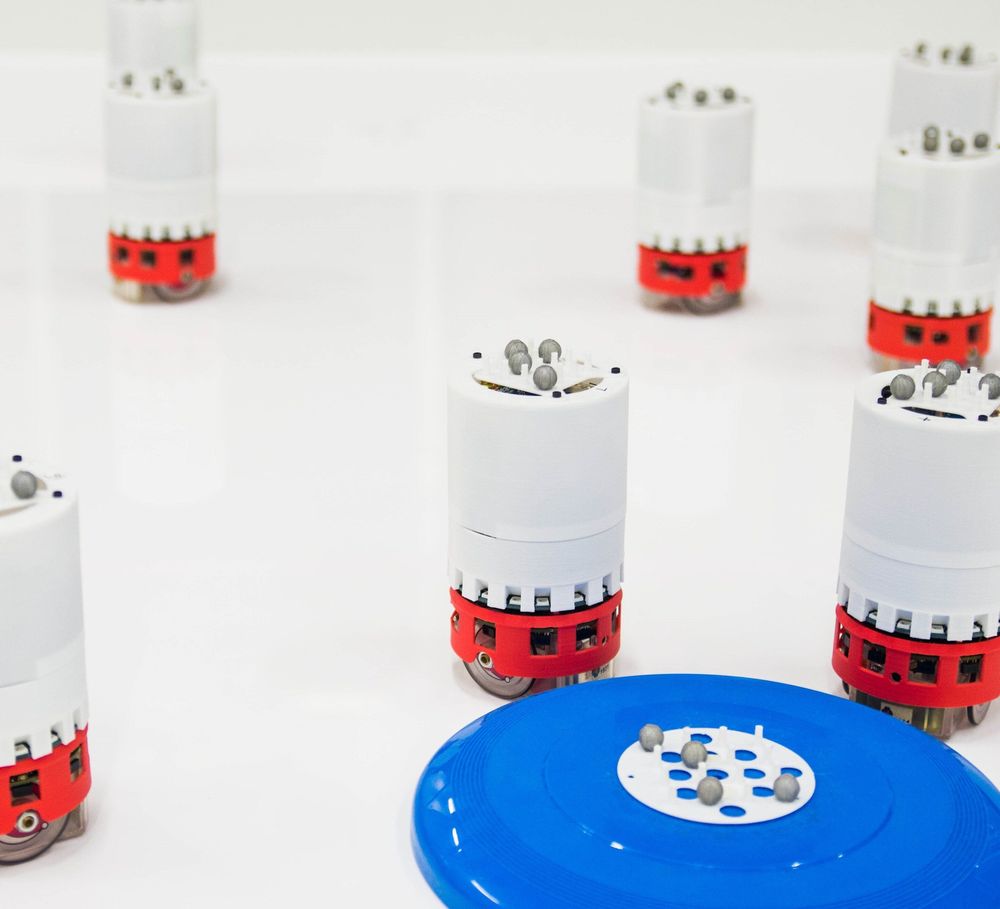Just imagine what types of treatments, human enhancements, and other disorders could be solved with this technique. No more invasive GBM surgeries, Dystonia is finally treated and no longer a problem as well as other diseases and disorders that are located in areas like the basal ganglia area of the brain.
By Chris Stokel-Walker
A tiny robotic worm can wiggle its way through a model brain. It could eventually be used to make brain surgeries less invasive.
Yoonho Kim and his colleague Xuanhe Zhao at Massachusetts Institute of Technology created the robot out of a polymer with small magnetic particles embedded throughout, meaning it can be directed using a magnet. It is coated in a self-lubricating material and is less 0.6 millimetres in diameter.
